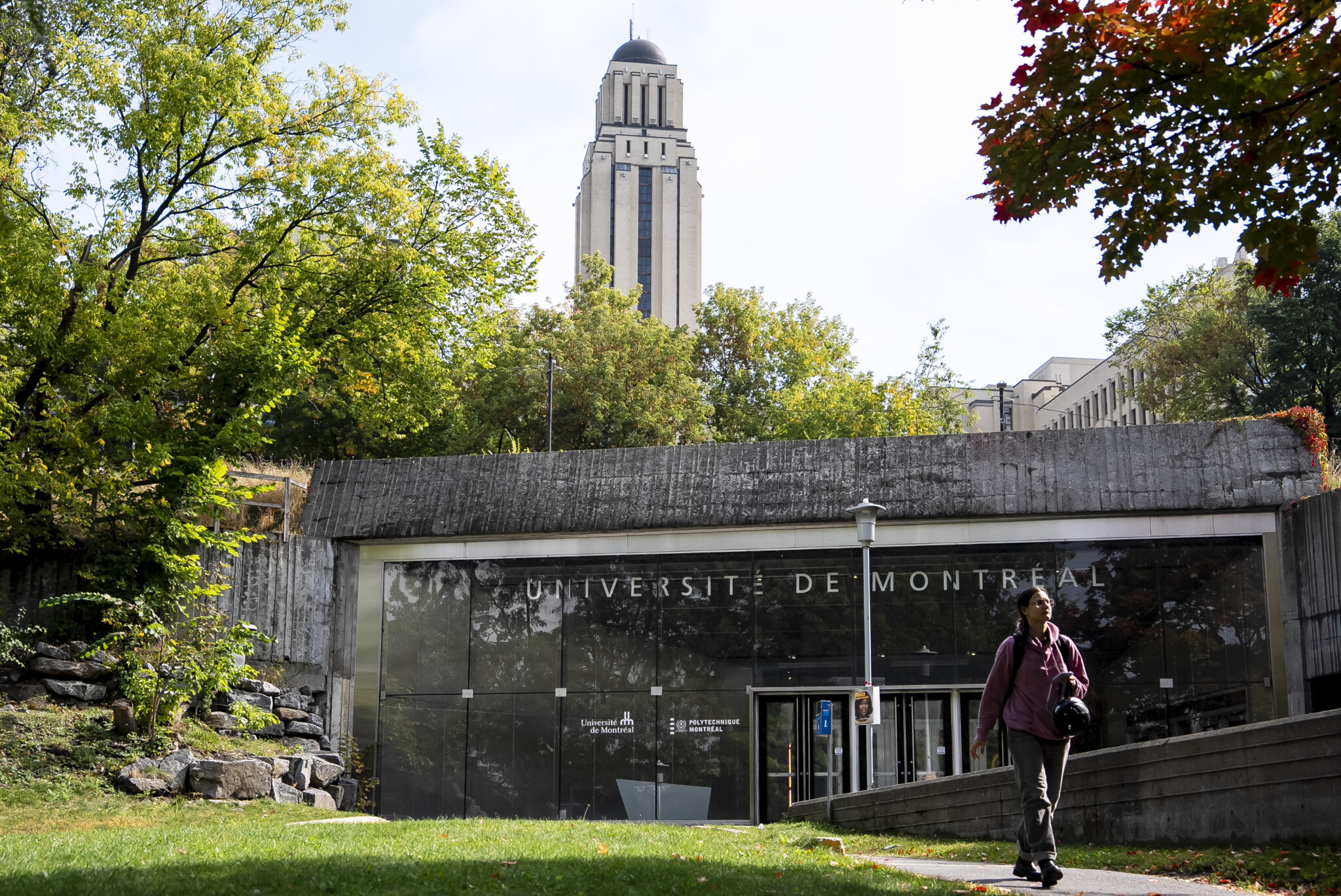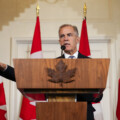Canada’s colleges and universities are under strain. Budgets are out of their control, programs are out of date, and their role in our long-term economic future is uncertain.
Public spending on postsecondary education has fallen from 1.47 percent of GDP in 2011 to 1.1 percent today—a decline of about $13 billion compared to where funding otherwise would be. Tuition has been frozen for more than a decade, leaving international students’ higher fees to fill the gap. Now, with immigration restrictions, that source of revenue is shrinking, too. Meanwhile, too many programs are disconnected from the jobs graduates will apply to. And academic research isn’t translating into tangible innovations that communities or business can use.
These are “testing times.” Not just for postsecondary education, but for the country. Canadian productivity is declining, and with economic disruptors like tariffs, technology, and wildfires, uncertainty seems to be the only guarantee.
But the upcoming federal budget—all about nation building—is a major opportunity to reorient both the economy and academia. The prime minister is expected to make historic spending commitments on files like defence, AI, and energy. The country’s returns will depend, crucially, on whether Canada has enough people with the right skills and technology that rival our peers.
So, what if instead of watching our postsecondary system fall behind, we designed one that underpins national strength and leads in the decades ahead?
This is the question RBC Thought Leadership and our partners at the Business + Higher Education Roundtable put before a group of business executives and postsecondary leaders at a summit on September 22. We took three national priorities—defence, digital technology, and major energy projects—and used them as focal points for a conversation about how to turn today’s pressures into tomorrow’s advantages.
The group called for pandemic-style urgency and strategy. As a starting point, Canadian provinces need to properly fund institutions or at least let them control the main lever (tuition) to fund themselves. And postsecondary needs to respond more dynamically to the labour market.
The energy discussion, for example, highlighted 25 percent growth in human capital needs, year-over-year, for the next 25 years; Canada doesn’t have the talent to deliver on energy projects under way let alone hit these growth targets. Conversations about defence (which is increasingly dependent on space technology) and AI made clear the country is not short on capacity to generate brilliant ideas. But we lack research incentives to operationalize and scale those ideas. And we’re not empowering people with the skills to be productive and competitive across industries.
The participants came up with specific commitments for industry, government, and postsecondary leaders: like catching up to our neighbours and offering competency-based education programs to help experienced workers transition to new industries (from automotive to aerospace or energy, for instance); reforming research funding criteria to focus more on outcomes and less on process; and embedding AI literacy across postsecondary disciplines.
What was perhaps more powerful than the specific ideas, though, was the appetite for change and collaboration. There was shared recognition that the forces for change Canada is up against—social, economic, geopolitical—call for a coordinated effort.
With business, government, and academia working in unison, like we saw in September, Canada’s post-secondary institutions can be the drivers of prosperity and progress that our future demands.
RBC Thought Leadership will share more ideas from the Summit in a report on October 14, 2025.










Comments (0)